When setting out in a small rowboat or sailboat, whether for a few hours or an adventure of several days, it is important to equip your boat for safety. Though there are few legal requirements for non-motorized boats 23′ and under, the common-sense skipper will view these as minimal and take further appropriate equipment, and he’ll know how and when to use it. The idea is to be self-sufficient, so that regardless of what happens you can take care of yourself.
I like to keep everything compact, ready to go, and easily portable. Most of my gear fits in a canvas bag that I can put over my shoulder and carry with me to whichever boat I’ve chosen to take out. I also grab the plastic pail that holds my anchor and rode. I secure both the canvas bag and the pail to the boat with lanyards, because none of this gear will do any good if it floats away or sinks after a capsize.
Seasonal maintenance is also important. Each spring, in addition to getting my boats ready for the season, I check all my safety equipment to make sure everything is functioning properly and also to reacquaint myself with it. I blow the whistle, turn on the light, inflate my PFD, change batteries, and so on.
Not only do you yourself need to know your equipment, but you must inform your crew, especially if they are new to the boat, what to do in an emergency, where to find emergency devices, and how to use them.
Small Boat Safety Equipment Checklist:
- Personal Flotation Devices (PFDs)*
- Visual Distress Signals*
- Navigation Light*
- Sound-producing device*
- Hull identification number (HIN)*
- Charts suitable for navigation
- Float plan
- Timepiece
- VHF radio
- Cell phone
- Anchor and rode
- Line suitable for towing
- First-aid kit
- Water and food
- Foul-weather gear
- Sail reefing gear
- Fenders
- Flotation
- Knife
- Repair kit
- Spare batteries
- Bucket or bailer
- A way to assist boarding from the water
- Dry clothes in a waterproof bag
*Required by the U.S. Coast Guard
Minimum Legal Requirements
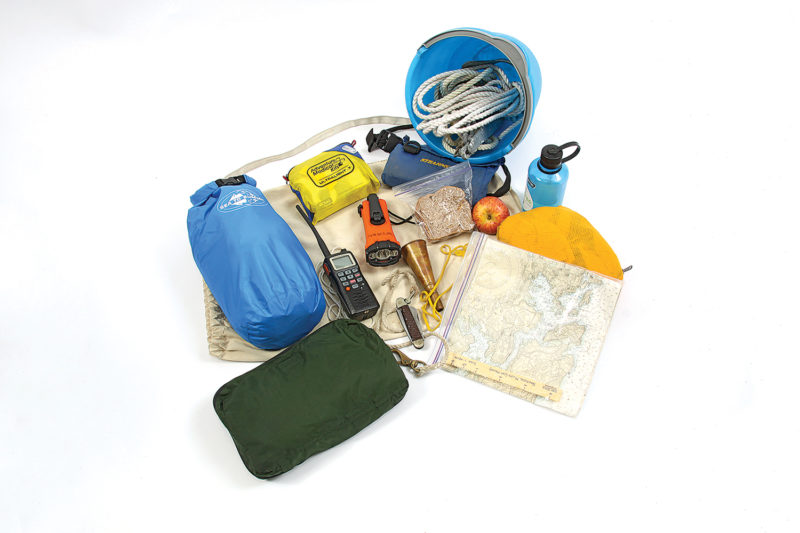 Rosemary Wyman
Rosemary WymanFor small boats, safety gear should be light weight and compact so it fits easily in a sea bag.
Although this discussion is limited to small rowboats and sailboats, much of the equipment discussed here carries over as well to small motorboats, which have specific additional requirements for things like flotation, ventilation, and fire safety. For small nonmotorized boats of any kind, the U.S. Coast Guard and state marine patrol officers enforce minimum equipment requirements:
- Personal Flotation Devices (also called life jackets or life preservers). A PFD is required for every person aboard. Boats 16′ and over must also have a throwable device. Children under 13 are generally required to wear life jackets whenever a boat is moving, but this rule may vary from state to state. Although adults are not required to wear PFDs at all times, it often makes sense to put them on. It’s much easier and safer to don life jackets when you see a squall on the horizon than when the squall is upon you. If you prefer not to wear a life jacket, at least make sure each person is assigned one that fits properly and is stowed where it is easy to reach even in a capsize. Of the PFD options (see below), many people like the Type V suspender-style inflatable life jackets, but personally I prefer an inflatable PFD in a belt pouch, which is the least obtrusive kind. Its drawback is that in order to use it you must remove it from the pouch, put it over your head, and inflate it, potentially while reading water. But its benefit is that you always have it with you, even if you fall overboard and your boat sails on without you. Whatever type of PFD you choose, it is important to practice with it in the water to be sure it does what you need and that you know how to use it. Even for good swimmers using boats in warm-water areas, PFDs are important. There is a limit to how long anyone can swim. Also, a PFD will float you higher in the water, making it easier for a rescuer to find you, since a head bobbing barely above water is difficult to see.
- Life Preserver Types
Type I: For offshore use, where rescue may be slow in coming. Abandon-ship life jackets for commercial vessels and all vessels carrying passengers for hire. Considered bulky and uncomfortable.
Type II: Buoyant vests for near-shore use in relatively calm waters, where quick rescue response is likely. Considered bulky and uncomfortable.
Type III: Specialized-use vests for specific activities, such as water skiing or kayaking. Reasonably comfortable, but can still be awkward to wear at all times.
Type IV: Throwable devices, such as boat cushions.
Type V: For specialized uses or conditions, including canoe or kayak use, commercial whitewater, man-overboard devices, and others. The inflatable type are considered the least bulky and least awkward to wear, making them a popular choice these days.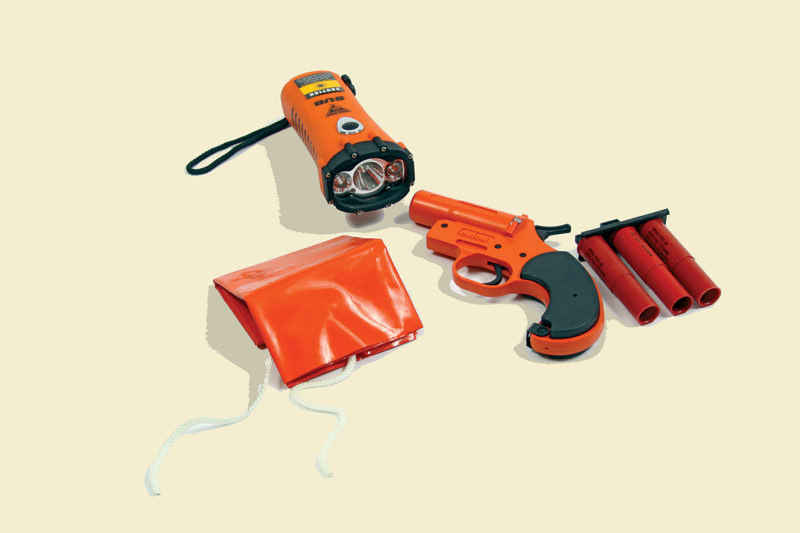 Rosemary Wyman
Rosemary WymanA flare gun with three flares and a flashlight with a strobe can signal your position to a rescuer, especially in darkness. In daylight, an orange flag (shown folded at left) may be most practical.
- Visual Distress Signals. The Coast Guard requires small unpowered boats to carry distress signals that are visible at night. Most small-craft skippers carry three flares to comply with the regulation. To me, however, flares are not very effective, because they burn relatively quickly, giving a potential rescuer only a limited number of seconds to notice them. Flares approved under SOLAS (Safety of Life at Sea) conventions are significantly better than recreational flares because they burn much brighter and longer, but they are also bulkier and more expensive. Flares also must be replaced 42 months after manufacture, and there is no good way to dispose of expired ones. Most small boats are unlikely to be at sea overnight, but night signals, in addition to being required, are still important to have if your return is delayed beyond nightfall or your emergency occurs in dense fog. The Coast Guard allows an electric light that flashes “SOS” as a night signal, but unfortunately there are none on the market that are practical for small craft. A strobe light is also effective, even though it does not meet the legal requirement. My handheld VHF radio has an “SOS” strobe, but unfortunately it is not Coast Guard approved. If you were to get into serious trouble, you would want as many options available as possible. Even though they’re not required, signals that show up in daylight are the type most likely to be needed by a small craft in distress. A 3′ × 3′ flag with a black ball and black square on an orange field may suffice, but an orange smoke signal will draw much more attention. A signal mirror to reflect the sun’s rays at a potential rescuer is also good to have. Another reasonable daytime signal for small boats is to stand up and raise and lower your arms repeatedly.
- Navigation Light. A single white light, or flashlight, to shine toward an approaching vessel during limited visibility meets the requirement for boats under 23′ traveling less than 7 knots. A light helps others to see and avoid you, just as driving with your headlights on helps other cars to see you on the road, night or day. You should always have a light of some sort aboard, in case your return is delayed until after dusk when the wind fails, the current is against you, or you have a gear failure. It’s also a good idea to have a strobe light attached to your life jacket.
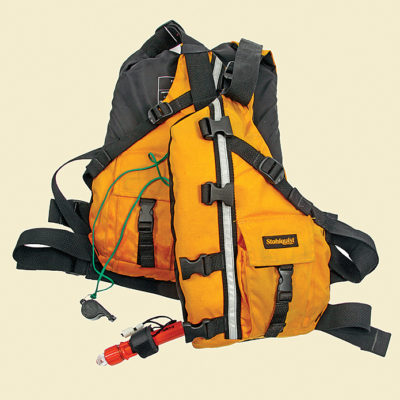 Rosemary Wyman
Rosemary WymanA PFD should have a strobe light and whistle attached.
- Sound Producing Device. A whistle or horn must be audible for a distance of one-half mile. A whistle attached to your life jacket can be effective in signaling a rescuer. Whistles alone will meet the legal requirement, but the operator of an oncoming powerboat would probably never hear it, which is the best argument for also carrying a loud horn. In fog or poor visibility, a sound signal is required, consisting of one prolonged blast lasting four to six seconds followed by two short blasts of one second each, with the sequence repeated at two-minute intervals. Horns are still critical in fog, but these days most skippers rely on VHF radio for boat-to-boat communication, so even if you know your horn signals thoroughly, don’t rely on another boat to understand them.
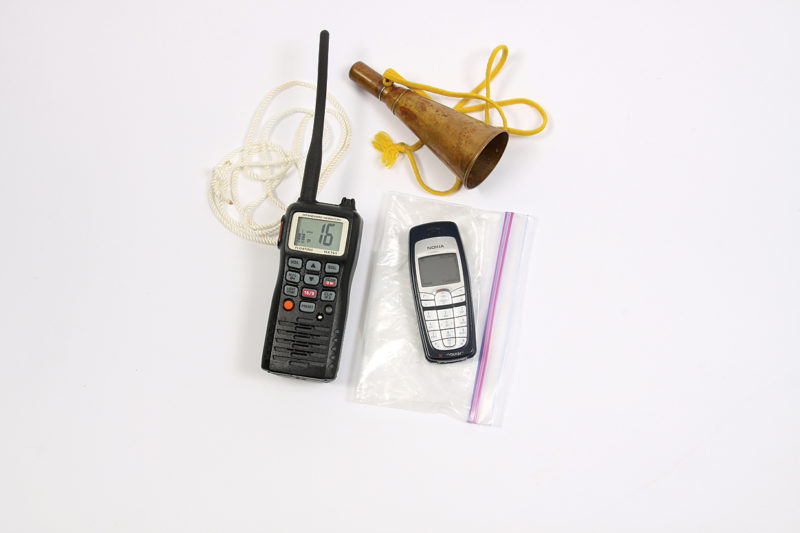 Rosemary Wyman
Rosemary WymanFor communications, a handheld VHF radio is crucial, but a cell phone in a plastic bag can also be invaluable. The horn is needed for fog signals and attracting attention in an emergency.
- Hull Identification Number. All boats, including owner-built boats constructed after 1972, must have a HIN, which identifies the boat, its builder or manufacturer, and the year it was launched. This number should appear on the starboard side of the transom, or on the starboard side near the stern on a double-ender, and in some other inconspicuous location inside the boat, allowing the boat to be identified if lost or stolen. It is also advisable to put the owner’s name and contact information aboard the boat somewhere to allow authorities to contact someone to determine whether a found boat has simply slipped its mooring or whether people may be missing, too. If the Coast Guard can confirm that you are safe and sound, they can simply return the boat and avoid the risks and expense of instituting a search-and-rescue operation. Beyond these few important requirements, safe boating is left to the judgment and experience of individual skippers. The regulations don’t require such simple things as a chart, a compass, or an anchor, yet few seasoned skippers—or none, I would hope—would ever set out without them. These regulations are an absolute minimum, but most skippers of experience establish their own personal equipment standards for navigation, safety, and good seamanship.


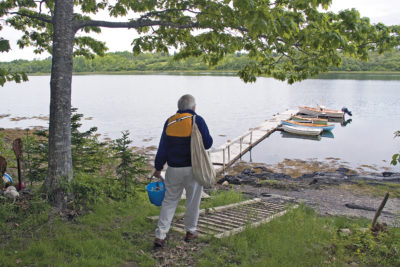
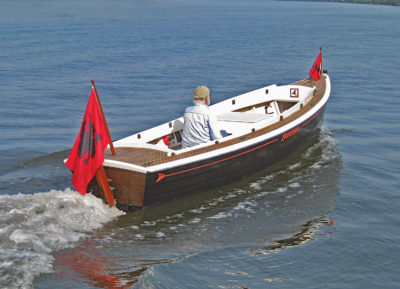
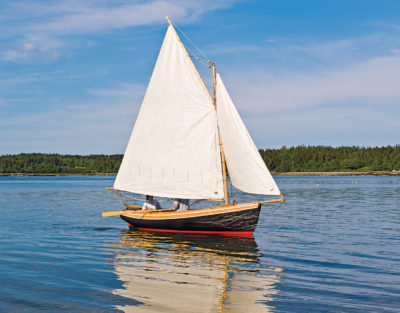
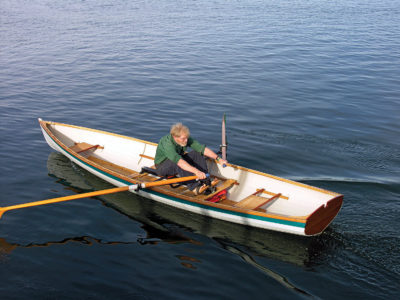
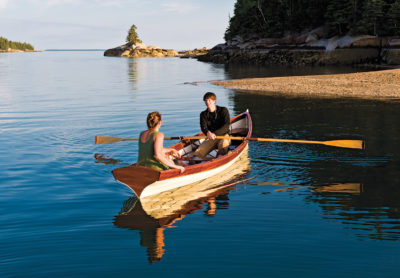

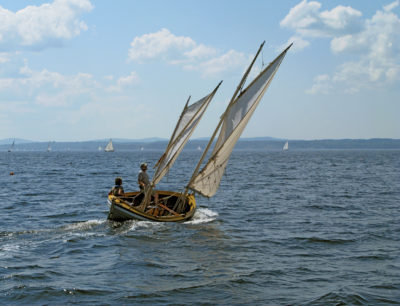
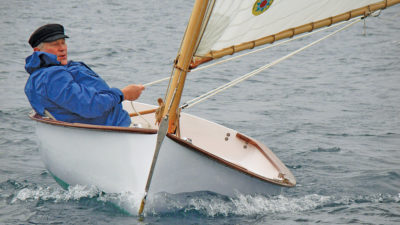
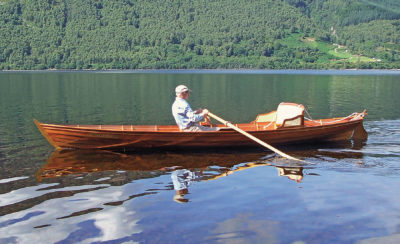
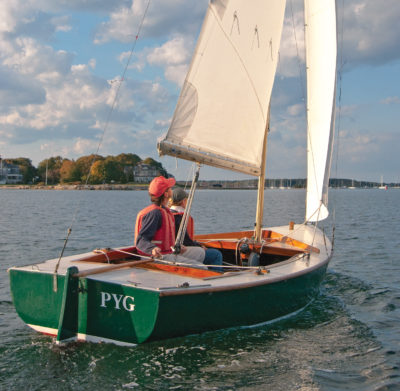
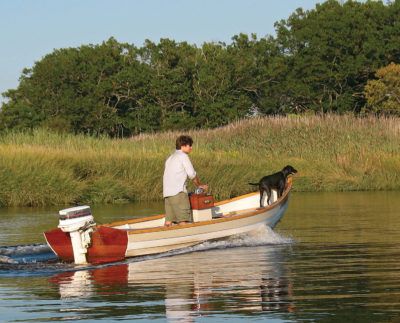
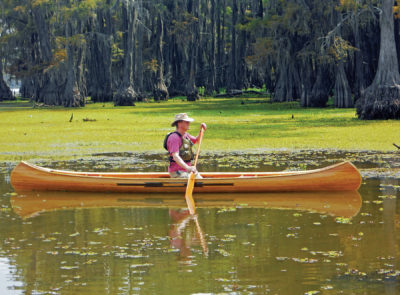
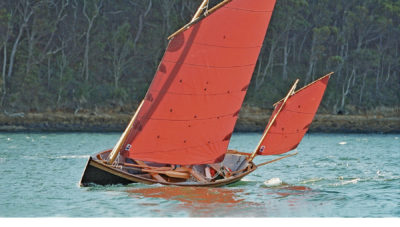
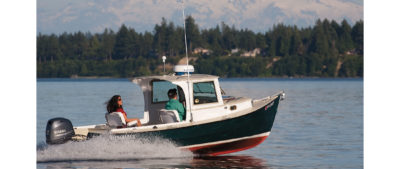
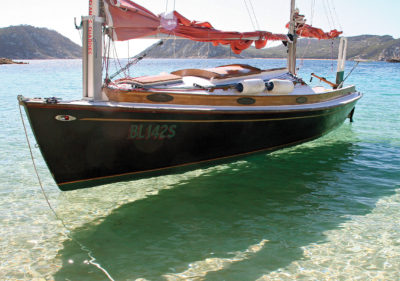

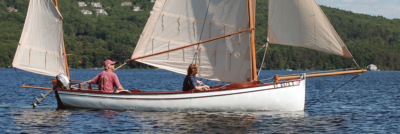
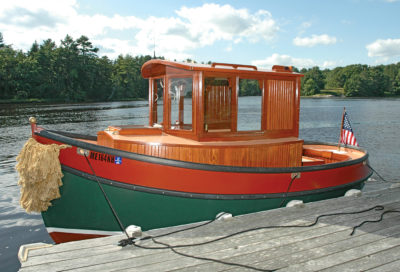
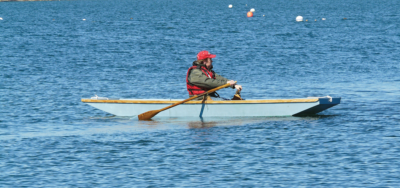
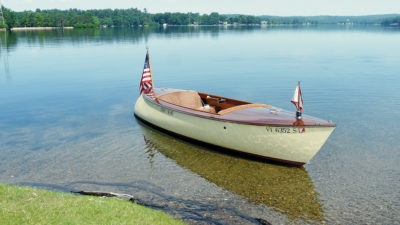
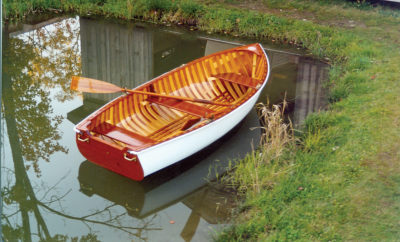
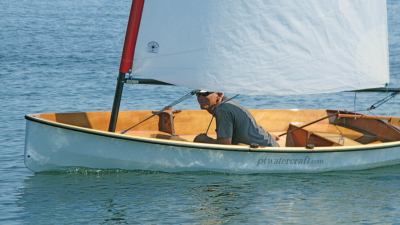
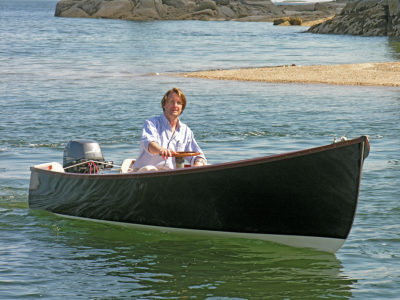
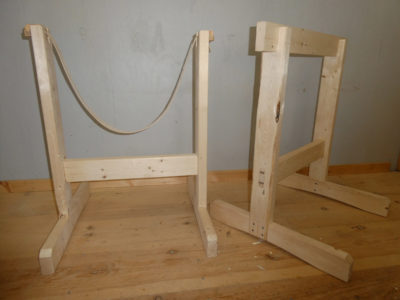
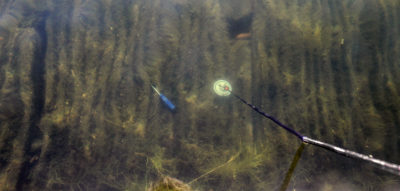
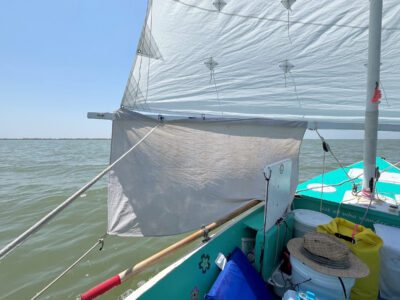
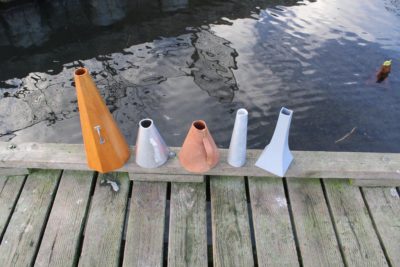
For families with young children I suggest that PFDs be placed on the children before reaching the dock, launch, boat, etc. (e.g. upon exiting the car at the marina). Supervising adults are often distracted beginning with carrying equipment and provisions and readying the boat. This pre-sail activity exposes passengers to many of the additional risks associated boats underway and deserves cautious consideration.
Am seeing reflections of many score skipper inspection/conversations at Small Reach Regatta (RIP). And was the maritime icon photographed by Rosemary? Good looking bread for that sandwich, too.
Regarding your choice of inflatable life jacket. Have you tried to put it over your head in rough and cold water? Try it. Yes, the belt pouch style is USCG approved, but it not acceptable in US Sailing competition. In about 2004 at the US Sailing Triple-handed junior championship, the NOR required all competitors to wear a USCG approved live jacket. Inflatable jackets comply. One sailor wore a belt pouch jacket. After day 2 he was protested by the RC for his life jacket. At the hearing he presented his PFD with the appropriate USCG approval. He won the protest. He was allowed to continue to race. He also won the championship 2 days later. However, after that those devices were banned from US Sailing races.
I used to (reluctantly) paddle with a guy who stowed his pfd behind his seat. The challenge for such a practice is to put the pfd on while treading water and hanging on to the boat and the paddle in windy, choppy conditions.